I've seen some Catalyst apps add a search bar to the NSToolbar and was wondering how I could do the same. Would I have to import AppKit/Cocoa to get an NSSearchField and the actual NSToolbar? Or is there some way with UISearchBars that I am just not seeing? Any help would be great, thanks.
I have tried importing AppKit and Cocoa (Using a bundle loader), but I don't think I had done it right. If anyone has a solid guide on how to do this, please link it.
I also tried creating a UIBarButtonItem with a custom view of a UISearchBar, which doesn't end up rendering anything. (that can be found below)
This is found in a switch case on itemIdentifier.rawValue (in the toolbar itemForIdentifier function)
let search = UISearchBar()
search.sizeToFit()
let button = UIBarButtonItem(customView: search)
button.width = 100
let toolbarItem = NSToolbarItem(itemIdentifier: itemIdentifier, barButtonItem: button)
toolbarItem.isBordered = true
toolbarItem.isEnabled = true
return toolbarItem



